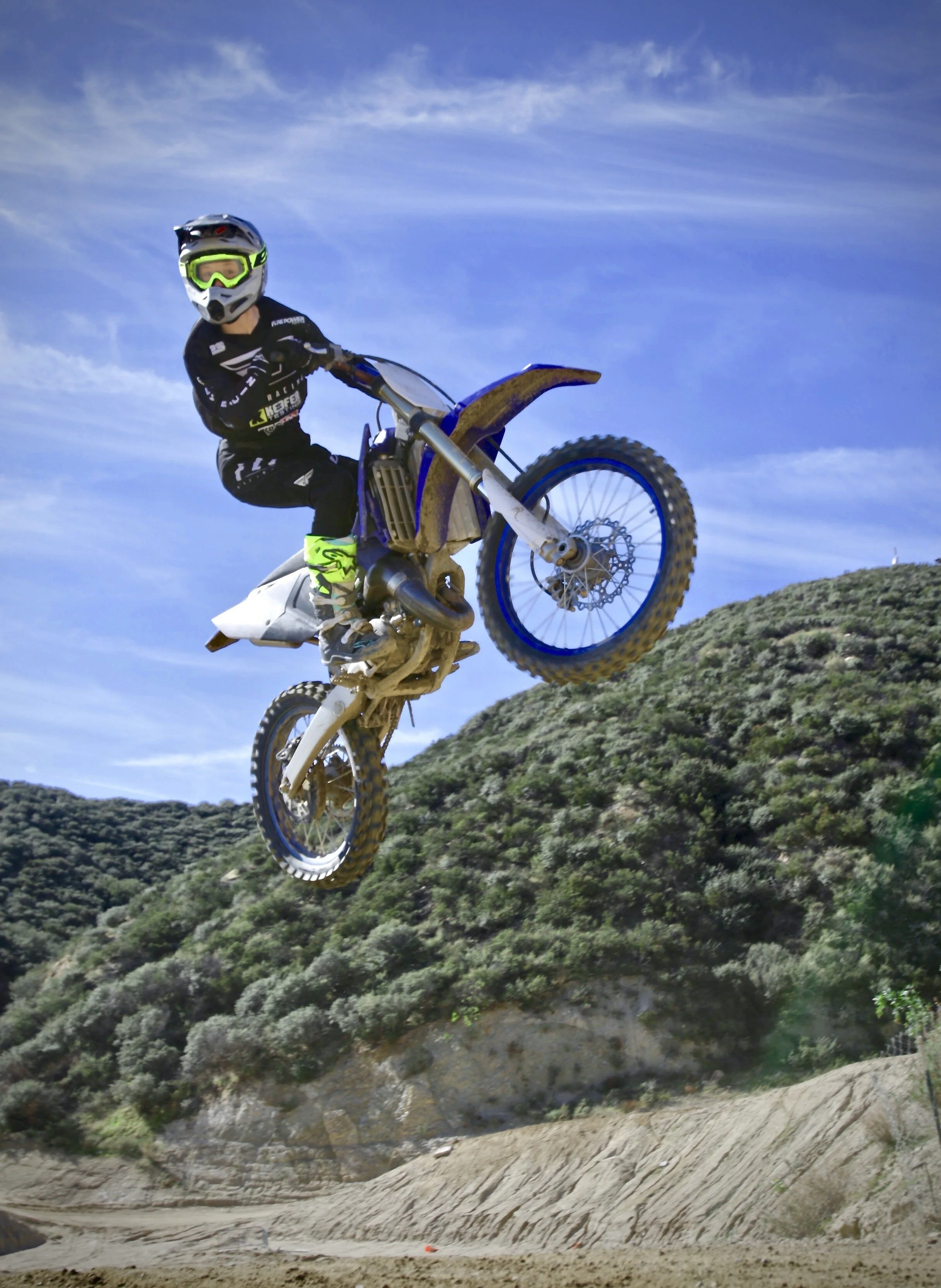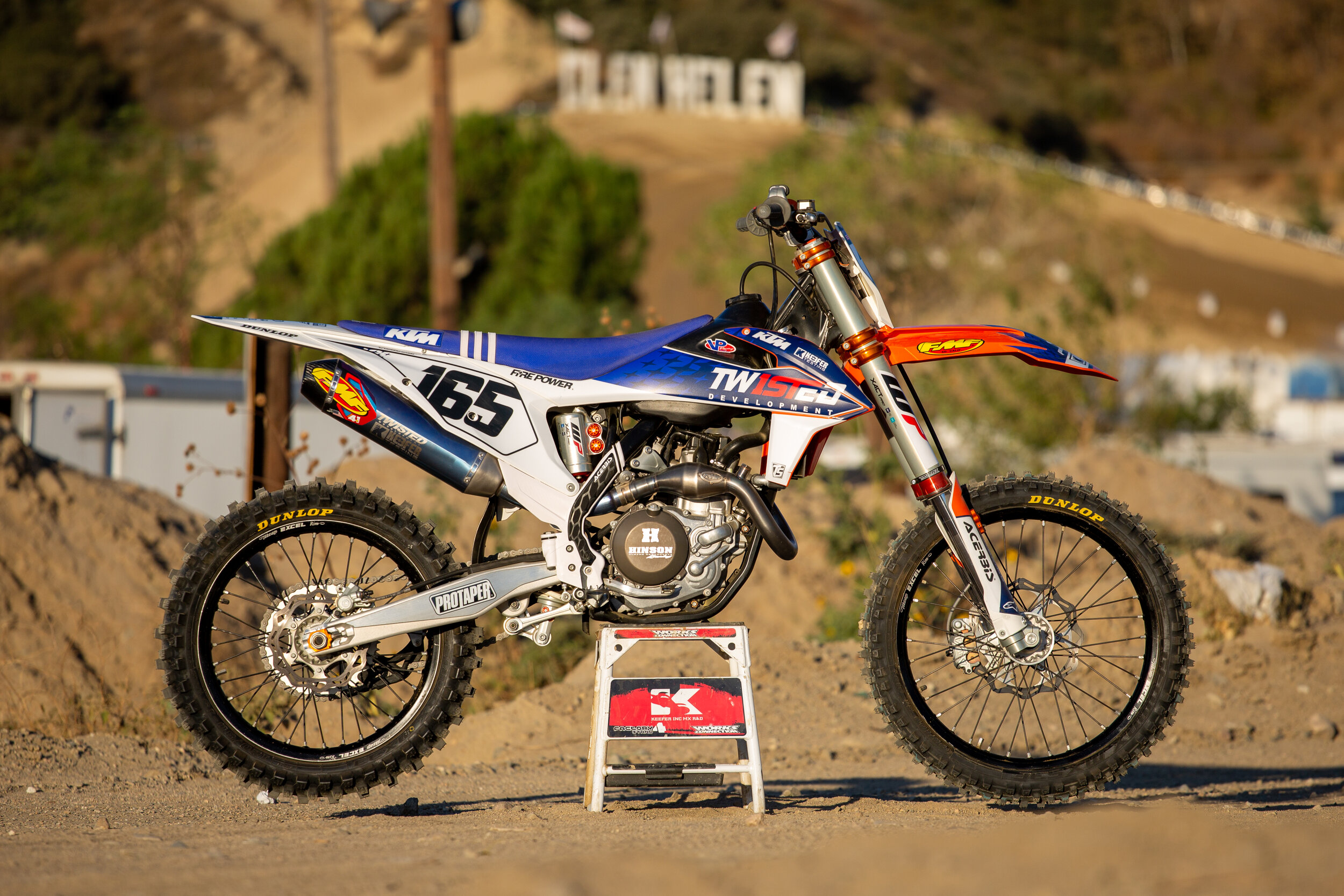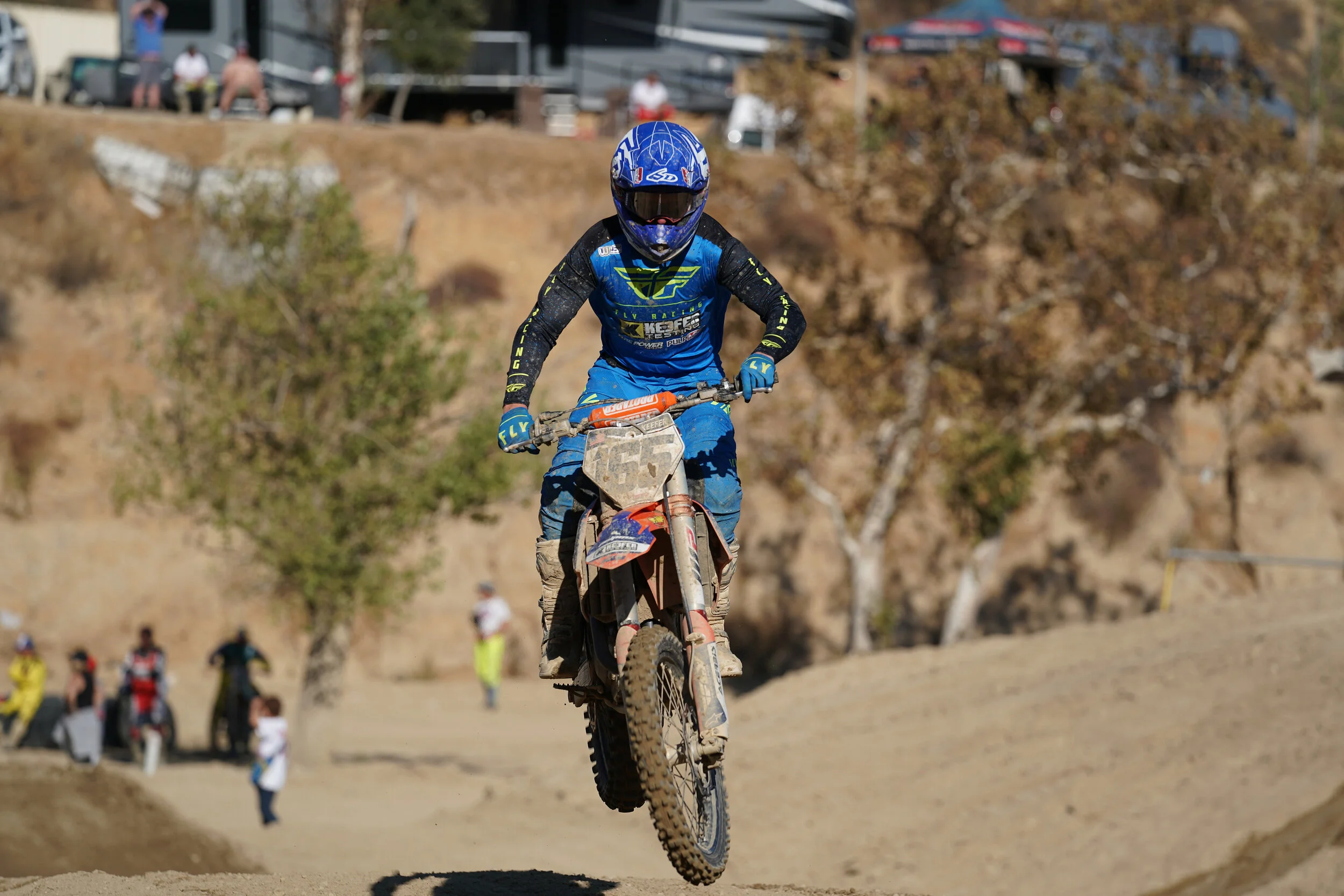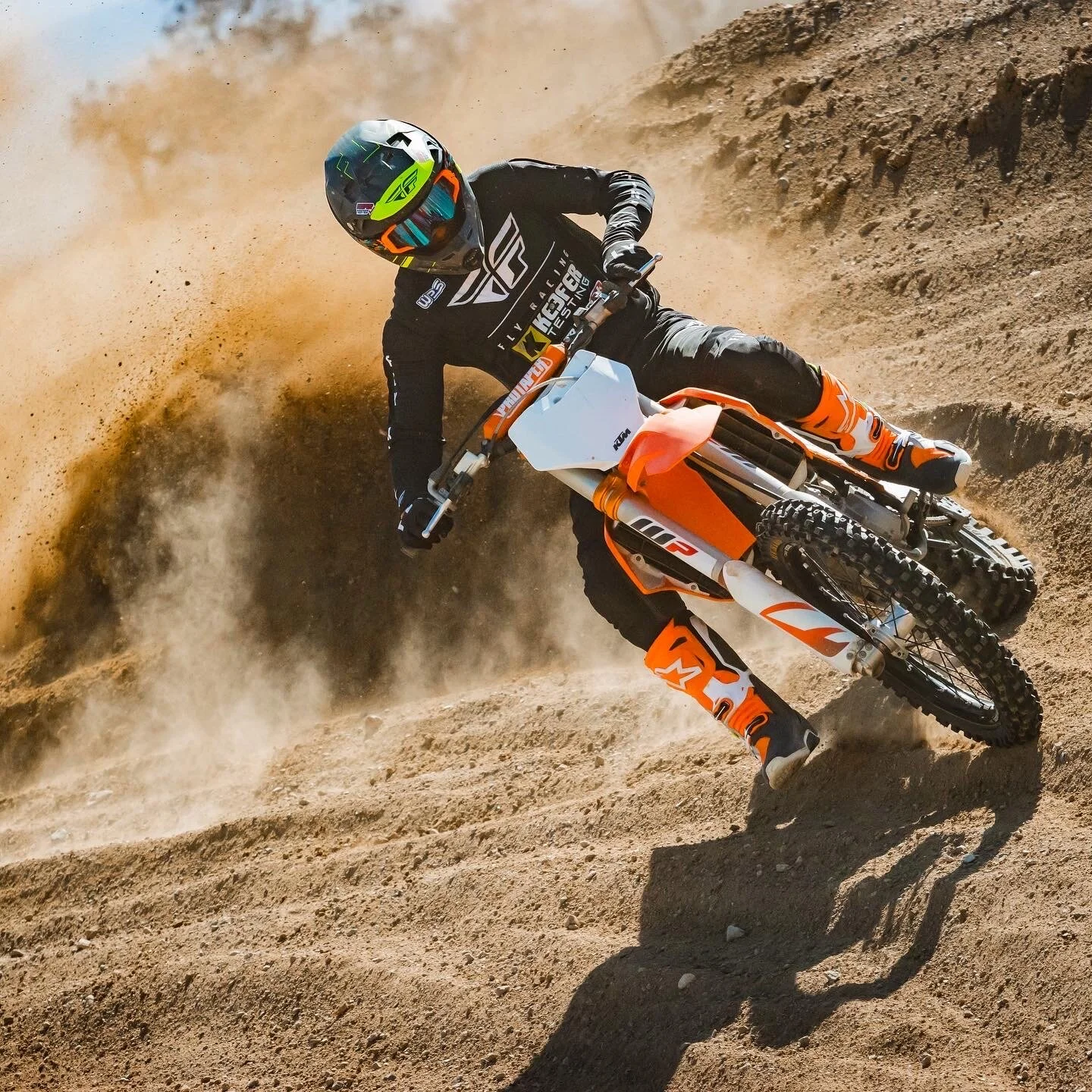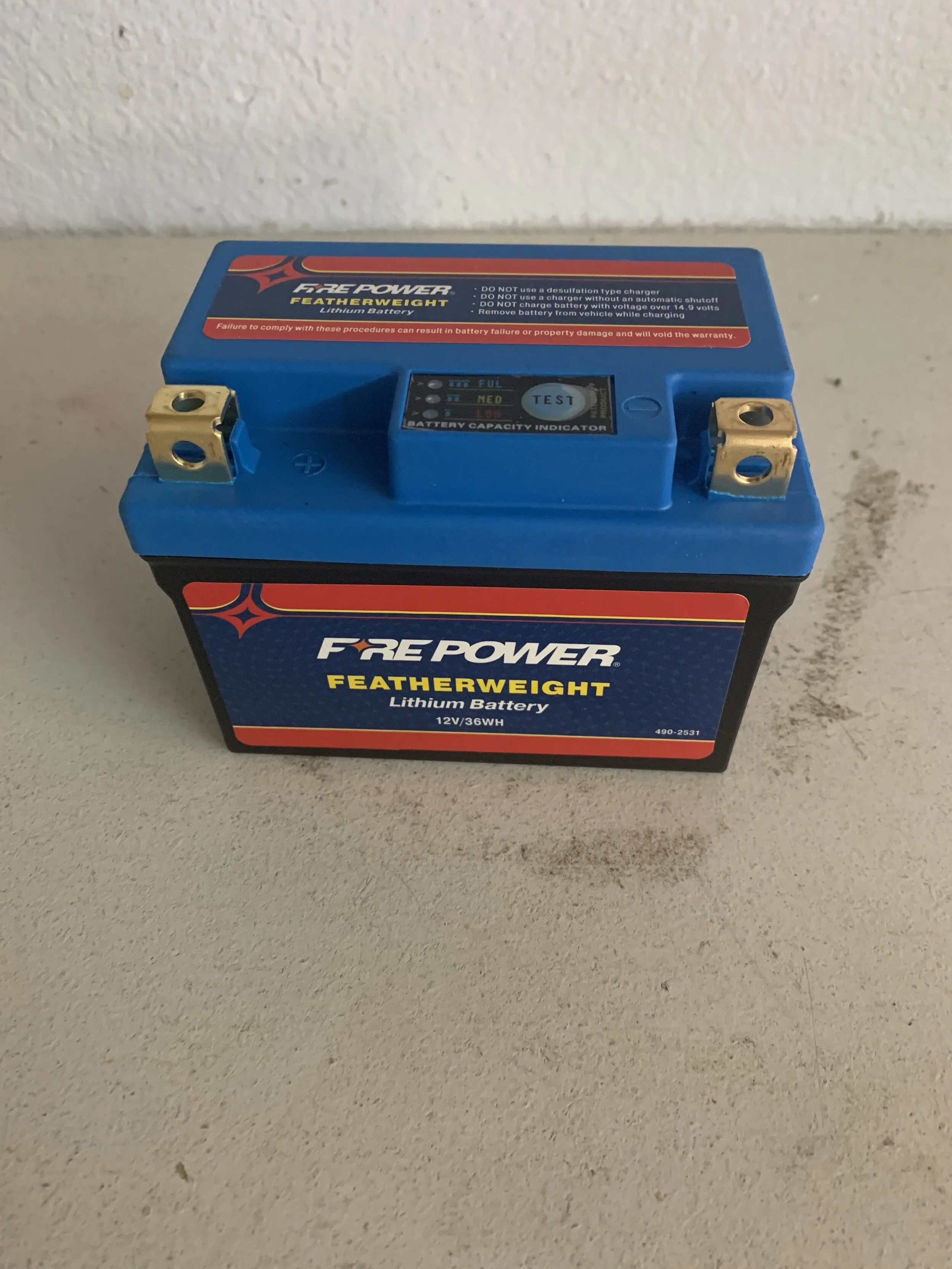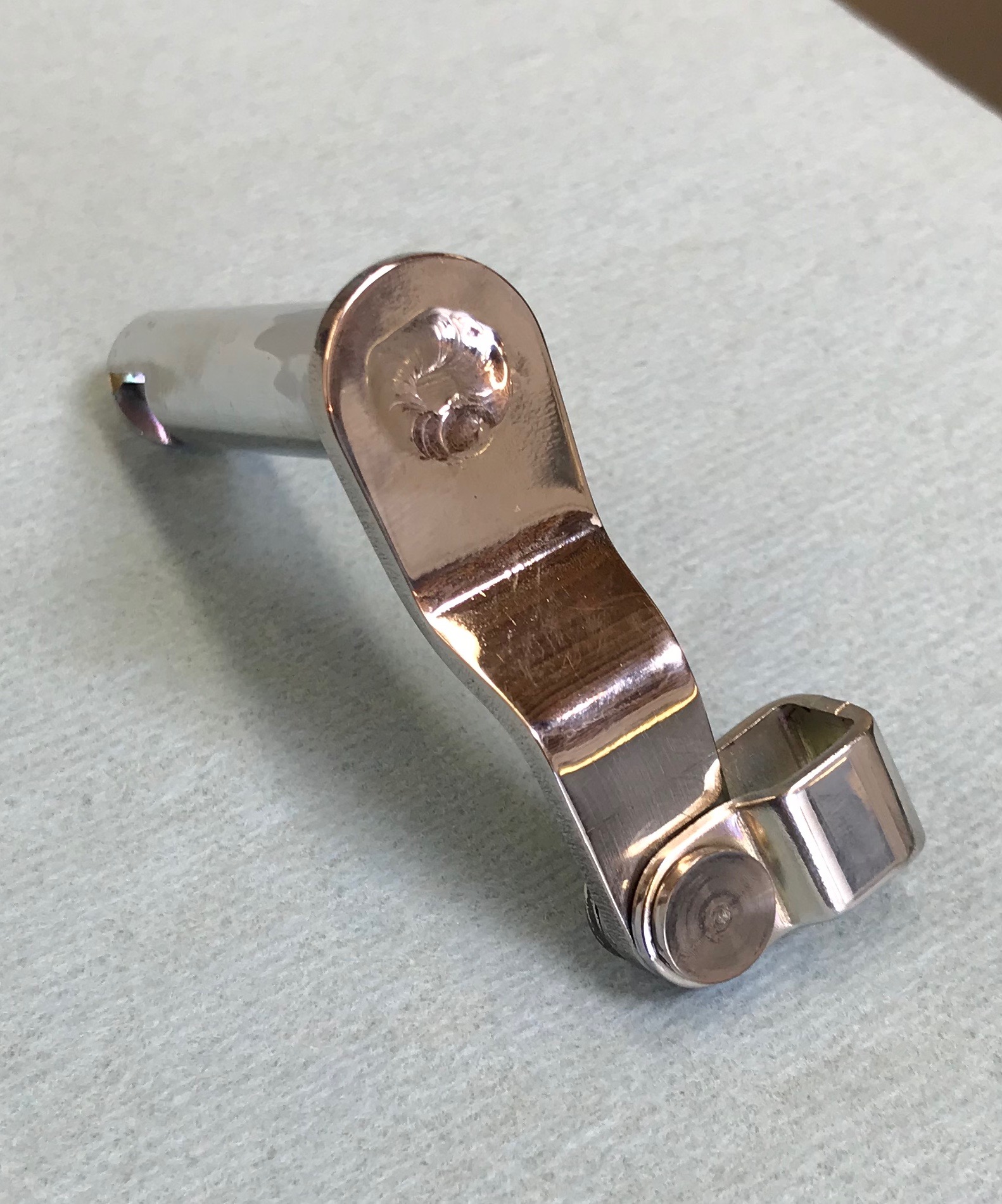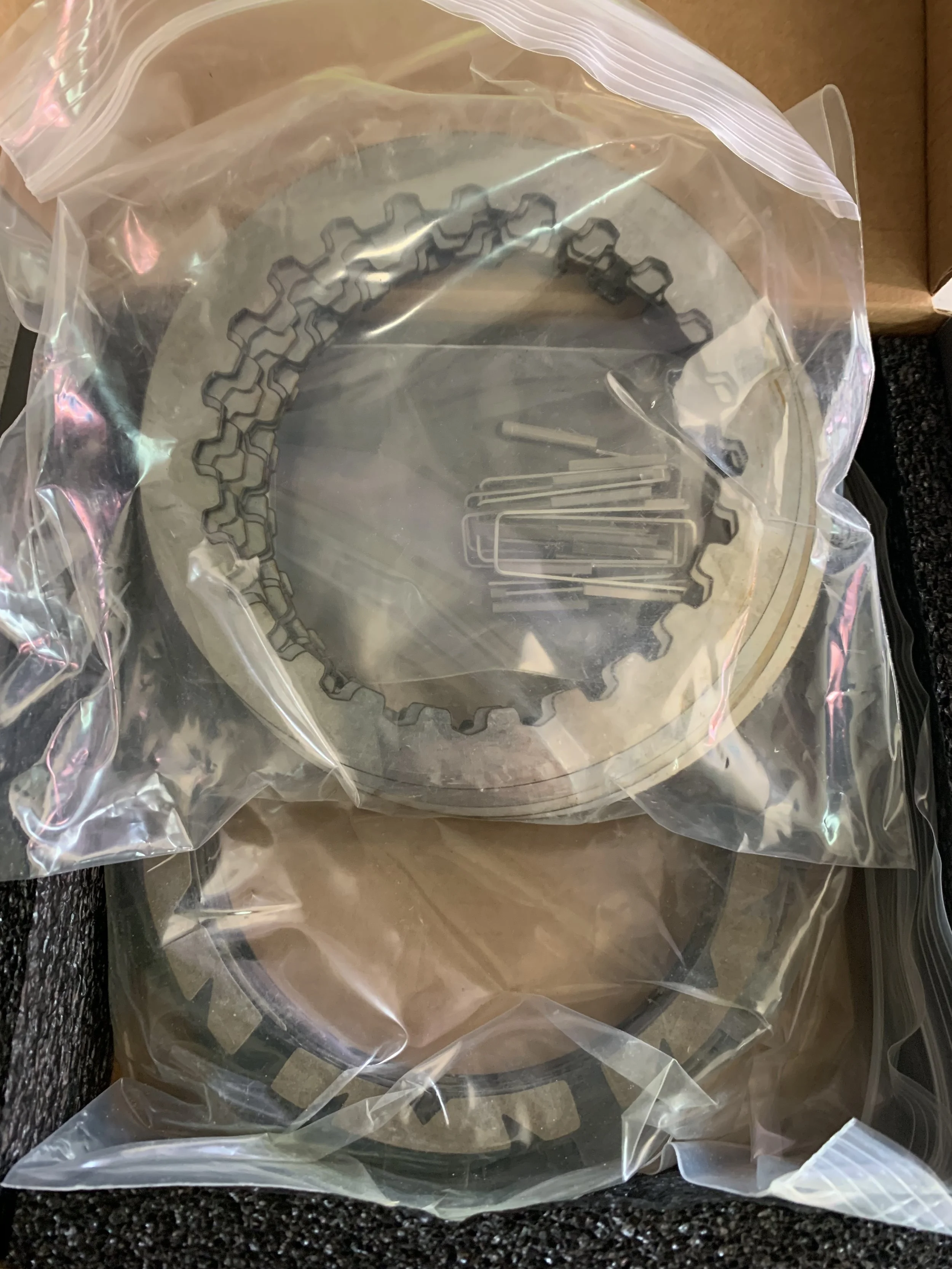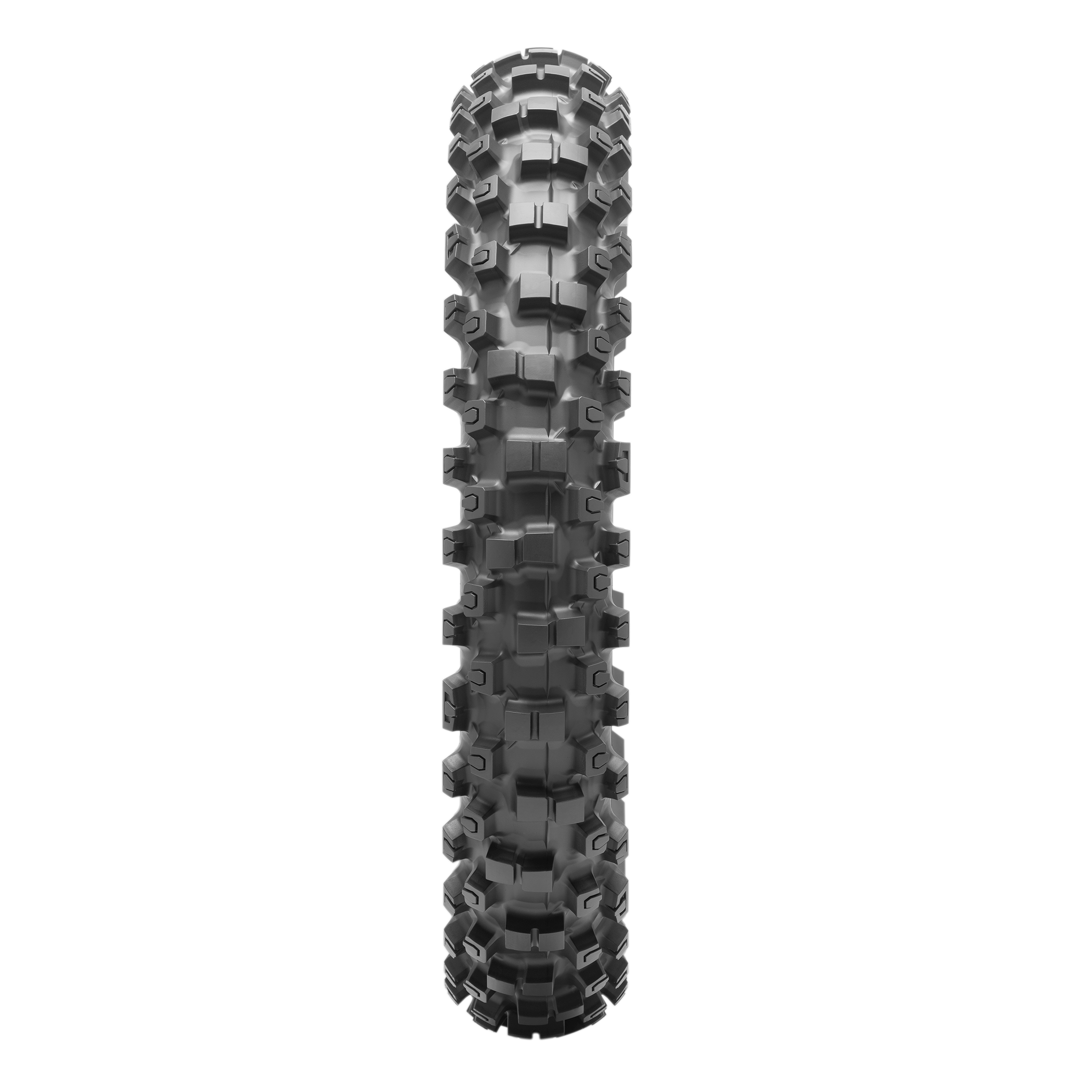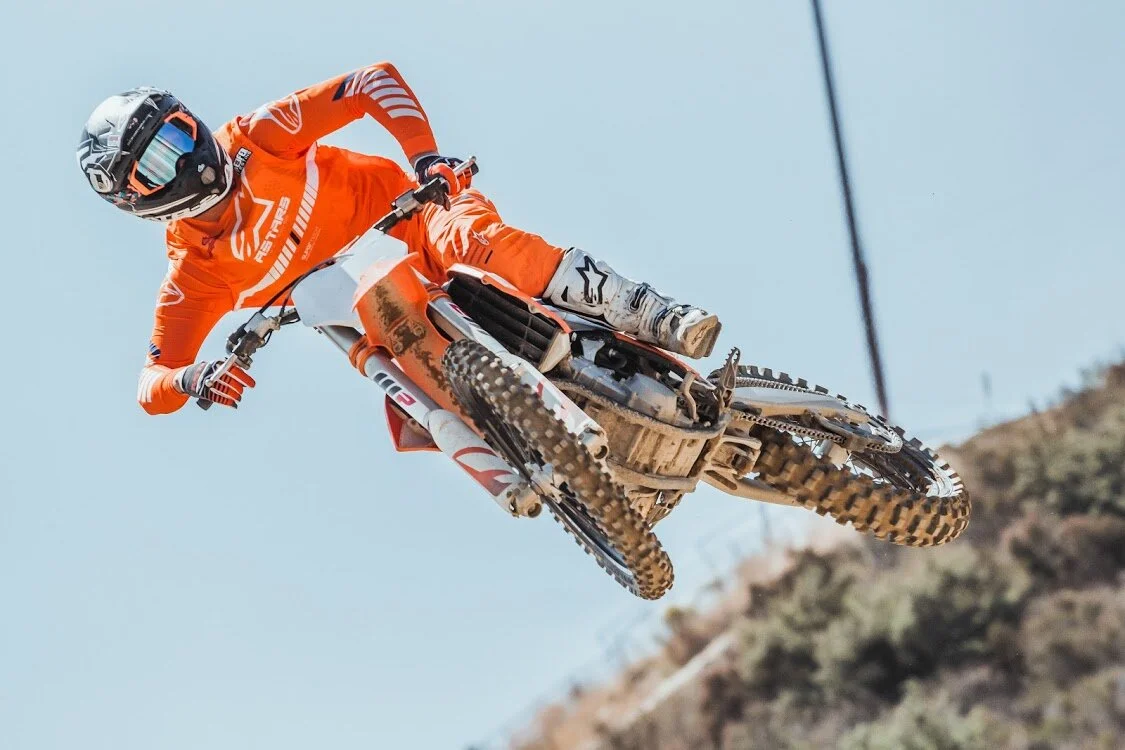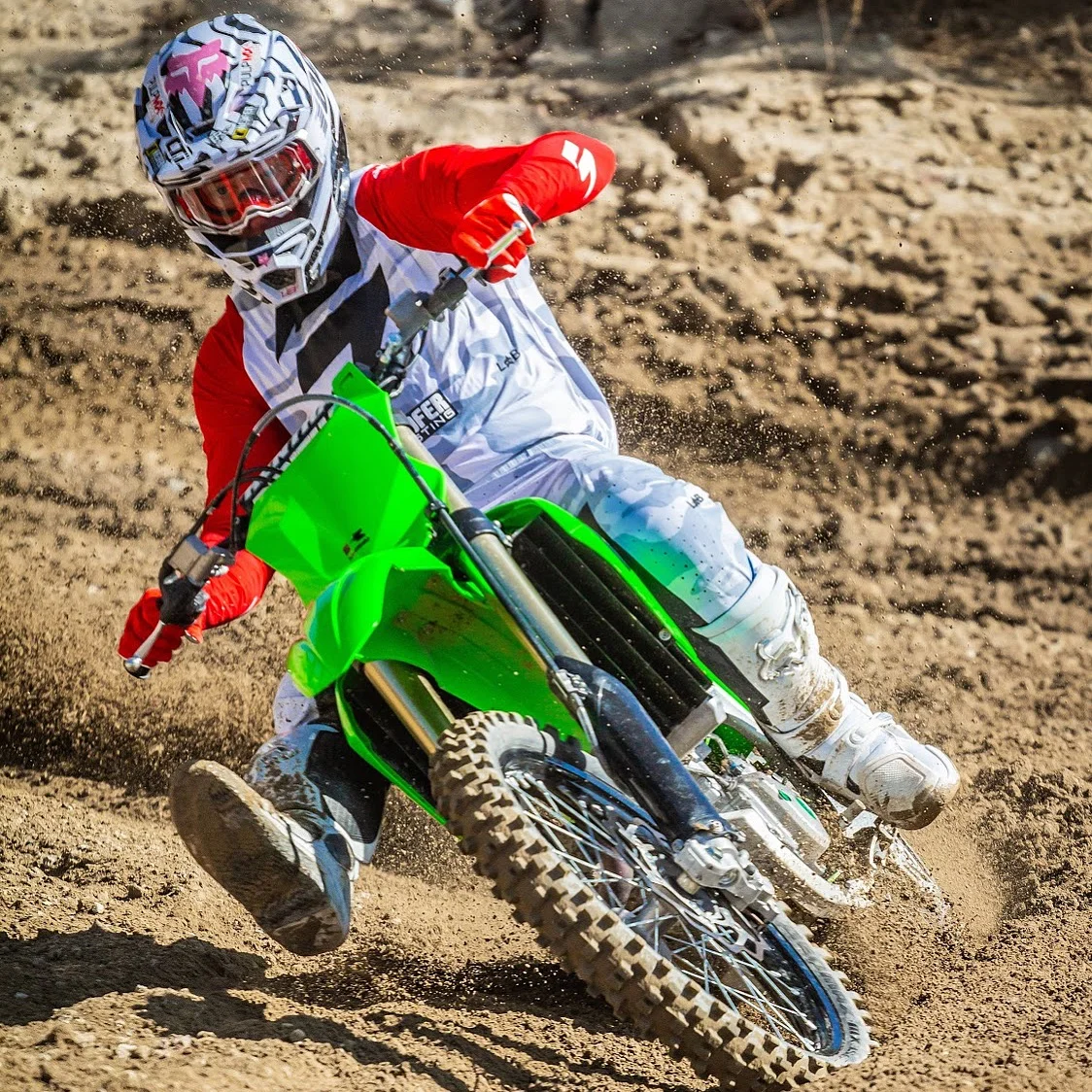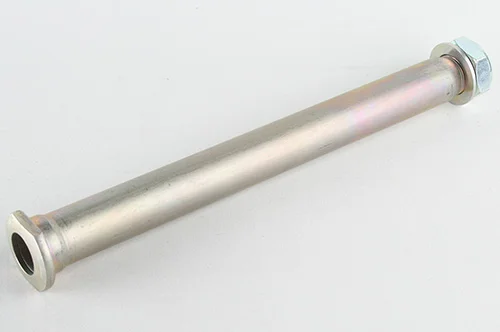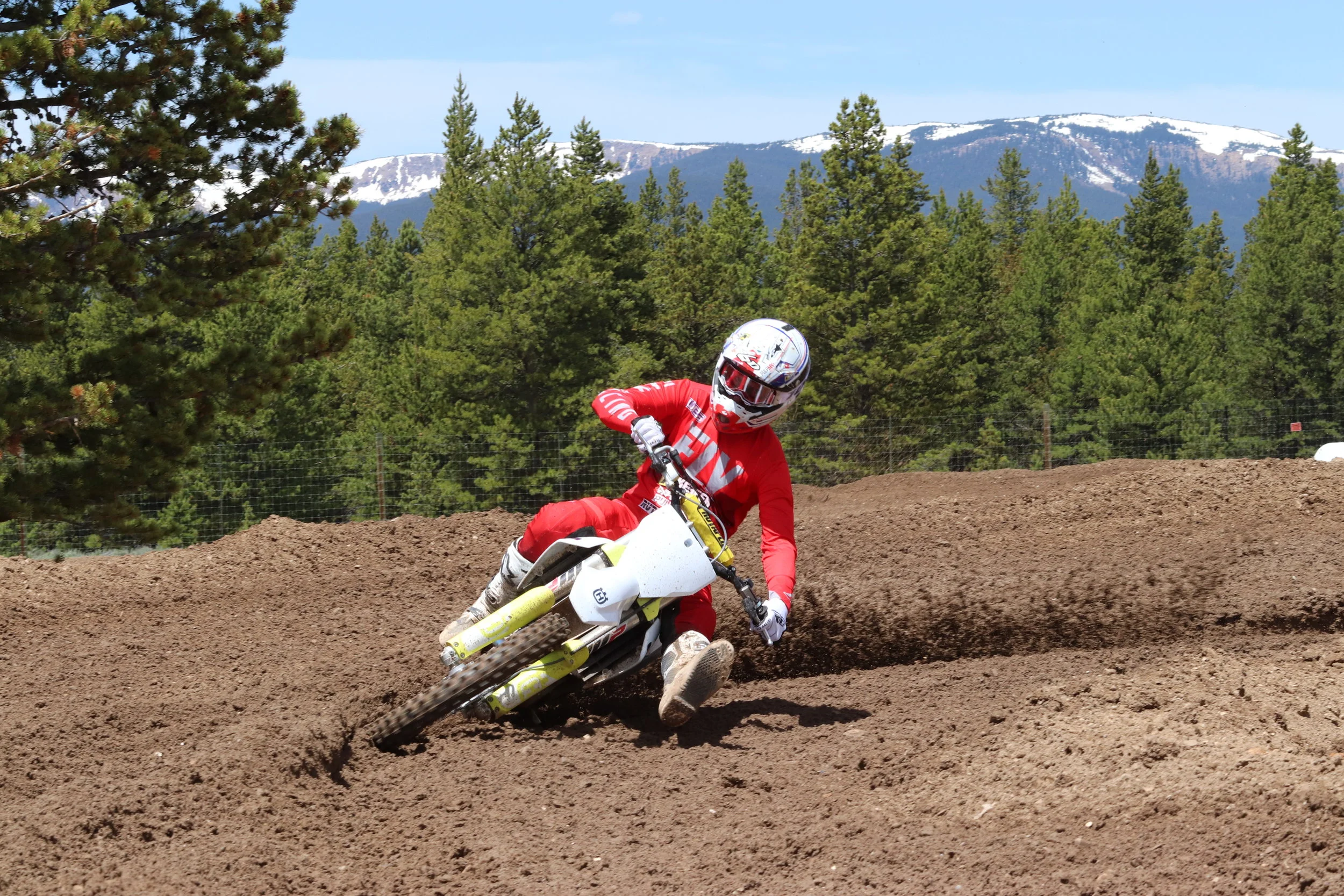The Husqvarna FC 450 Rockstar Edition comes standard with the Husqvarna Technical Accessories Adjustable Factory Triple Clamp. If you’re riding a standard FC450 these clamps adjustable clamps are available through your local Husqvarna dealer for $599.99. The adjustable clamp comes standard at a 22mm offset but can also be moved to a 20mm offset as well. The factory Rockstar Energy Husqvarna team is currently running these on their bikes and to me these factory clamps have a softer feel to them compared to the triple clamps that come on the standard 2020 FC450. There is less rigidity as well as more flex with the Husqvarna adjustable factory or X-Trig clamps compared to the standard/stock FC450 clamps. I have never really messed with the offset on the Husqvarna for motocross, so I thought I would experiment with each offset and even throw in an X-Trig 24mm offset for good measure. Below are some of the positives and negatives of each offset, as well which type of track each offset would benefit you the most.
Criteria: I chose Glen Helen as my testing grounds. They have the national track, which is fast and very rough as well as the REM track, which has more turns and is slower speed. I gave each offset setting a try on both tracks to see what I would lean towards in hopes to give you a direction for your personal needs.
Offset: The triple clamp-offset is the distance of the horizontal center line of both fork tubes to the center of the steering axis, about which the fork legs are offset from the steering axis (referred to as dimensionX). The offset set can be seen at a glance by the marking on the triple clamp.
20mm Offset Husqvarna Clamp:
+ Lean in is made easier on initial turn in
+ Front tire contact patch is improved on de-cel
+Lightweight feel improved (side to side movement)
- On throttle front end hunt/peck (deflection more apparent)
- Slight oversteer on long sweeping corners
- Slight less comfort on initial bump impact
Who is this setting best for?
20mm offset is best for slower riders who have trouble with cornering or leaning into a rut. This setting makes it easier for the FC450 to fall into a rut and stay there. This setting was also much better for the tighter/slower track as there was less on throttle stability issues at the tighter track.
Who is this setting not for?
20mm offset is not for faster riders who want stability out of their machines on faster tracks. There is a lot of movement in the front end, on throttle, which leads to deflection in square edge.
Best Overall Fork Setting With 20mm Offset:
Height: 1st line
Air Pressure: 11.0 bar
Comp: 11 out
Rebound: 16 out
22mm Offset Husqvarna Clamp:
+ Stability improved over 20mm offset (on/off throttle)
+ Bump absorption has more comfort than 20mm offset
+ Cornering stability is improved
- Slightly heavier feel than 20mm (side to side/lean in)
- On throttle rear end squatting more (feels low)
Who is this setting best for?
For me this is the best all around setting for flowy/faster/intermediate terrain motocross tracks with bigger bumps. It’s a blend of good stability and predictability. I can hit bumps harder with the 22mm offset without the chassis reacting too fast.
Who is this setting not for?
This setting is not for fast west coast GP style courses or the older vet rider that needs assistance with cornering. Sliding the fork up to the second line helps this, but if you’re having trouble sticking in a rut, the 20mm offset can be more helpful than the 22mm setting.
Best Overall Fork Setting With 22mm Offset:
Height: 1st line
Air Pressure: 11.1 bar
Comp: 14 out
Rebound: 15 out
24mm Offset X-Trig Clamp:
+ Very planted feeling chassis down choppy hills
+ Bump Absorption feel is better than 20/22mm offsets
+ Sweeping cornering stability/comfort/contact patch better than 20/22
+ Less vibration through bars with PDHS mounts
- Side to side movement feels lazy/heavy (initial lean)
- Vague front end feel while leaning in ruts (going up on fork height helps this)
- Bar pad doesn't fit because of PDHS mounts
Who is this setting best for?
The 24mm offset would be beneficial to any rider who wants more high speed front end stability. The 24mm offset helps with bump absorption on throttle and keep front tire straight. West coast GP or off-road riders would benefit from a 24mm offset.
Who is this setting not for:
The 24mm wouldn't benefit most moto riders that are looking for a quick handling machine with a blend of straight line stability. The 24mm is more of a point and shoot type of offset. Come in straight and pivot/rear wheel steer out.
Best Overall Fork Setting With 24mm Offset:
Height: 2nd line
Air Pressure: 11.0 bar
Comp: 10 out
Rebound: 14 out








